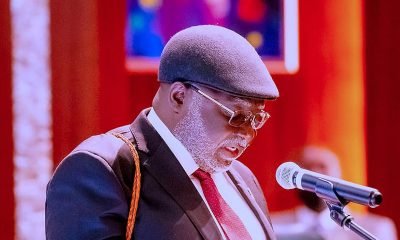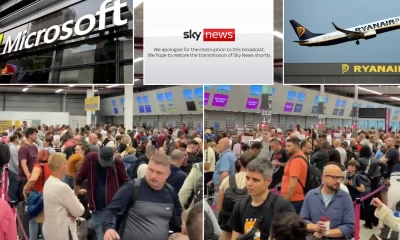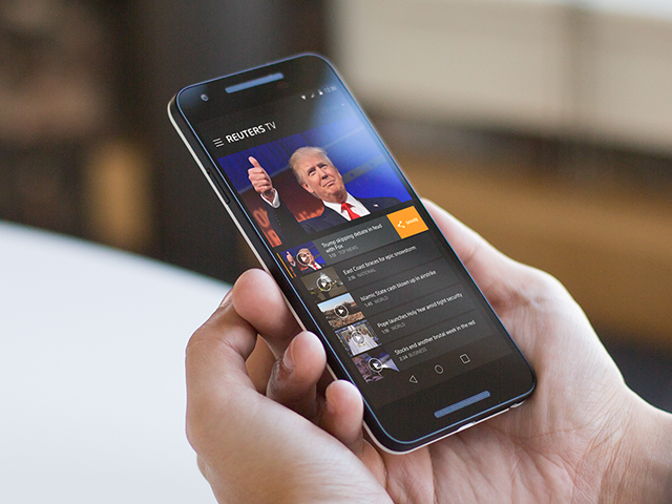About 50 per cent of TV viewing will be done on mobile screen through video on demand by 2020, Ericsson has predicted.
The company in its annual ConsumerLab TV and Media report stated that its study discovered that linear and video on demand viewing would be almost equal in just three years.
According to the report, about a half of the TV viewing on the mobile will be done on the smartphone alone, adding that by 2020, one in three consumers will be a virtual reality user.
Ericsson said that the eighth edition of its annual ConsumerLab TV and Media report detailed the massive growth in the TV and video viewing and the ongoing shift in the way consumers watched content.
It said, “Supported by eight years of extensive media insights, Ericsson ConsumerLab predicted that the growth of on-demand viewing will continue to soar through to 2020, making up almost a half of the total viewing.
“Fifty per cent of all the TV and video viewing will take place on a mobile screen (tablets, smartphones and laptops), an increase of 85 per cent since 2010, with the smartphone alone accounting for almost one quarter (an increase of nearly 160 per cent since 2010). Additionally, the VR will be on the road to becoming mainstream, with one in three consumers becoming the VR user by 2020.”
In the seventh edition of the annual report, Ericsson stated that 48 per cent of all active viewing in South Africa was on-demand with consumers spending most of their viewing time watching downloaded TV and video content, followed by streamed on-demand content, TV series and movies, as well as recorded TV and movies.
ALSO SEE: Court orders interim forfeiture of N1.96bn linked to Ontario Oil
It said, “Live and linear TV and video viewing was fuelled by the TV series and movies, while live sports only made up six per cent of the total weekly active viewing time. The average South African TV viewer will spend 11 years of their life searching the TV guide for something to watch. When it comes to using multiple on-demand services across several devices, millennials are the most interested group at 46 per cent; while 58 per cent of South Africans showed the highest interest levels for such capabilities.”
The Senior Advisor, Ericsson ConsumerLab, Anders Erlandsson, said, “We can see that consumers are not only watching more video but also changing how and when they do so. This is also shown through the continued growth of mobile viewing, which has been a booming trend since 2010. This year also marks the first time that we have explored the level of consumer interest in the VR in conjunction with media consumption, and the findings have been fascinating.
“The VR has the potential to bring together people from all over the world and create deeper, more personalised and more complementary media experiences. As consumer expectations for on-demand, mobile and immersive viewing continue to increase, the TV and media industry must focus on delivering highly personalised services in the very best possible quality available.”
The findings also showed that while consumers had more access to TV and video services than ever before, the average time spent on searching for content had increased to almost one hour per day, an increase of 13 per cent since last year.
AdvertisementIn fact, one in eight consumers believed that they would get lost in the vast amount of available content in the future.
With the user experience becoming ever more fragmented, the report said six in 10 consumers now ranked content discovery as ‘very important’ when subscribing to a new service, while 70 per cent wanted ‘universal search’ for all TV and video.

 Comments and Issues2 days ago
Comments and Issues2 days ago
 Business6 days ago
Business6 days ago
 Business1 week ago
Business1 week ago
 Business1 week ago
Business1 week ago
 Business5 days ago
Business5 days ago
 News6 days ago
News6 days ago
 Education7 days ago
Education7 days ago
 Comments and Issues5 days ago
Comments and Issues5 days ago




